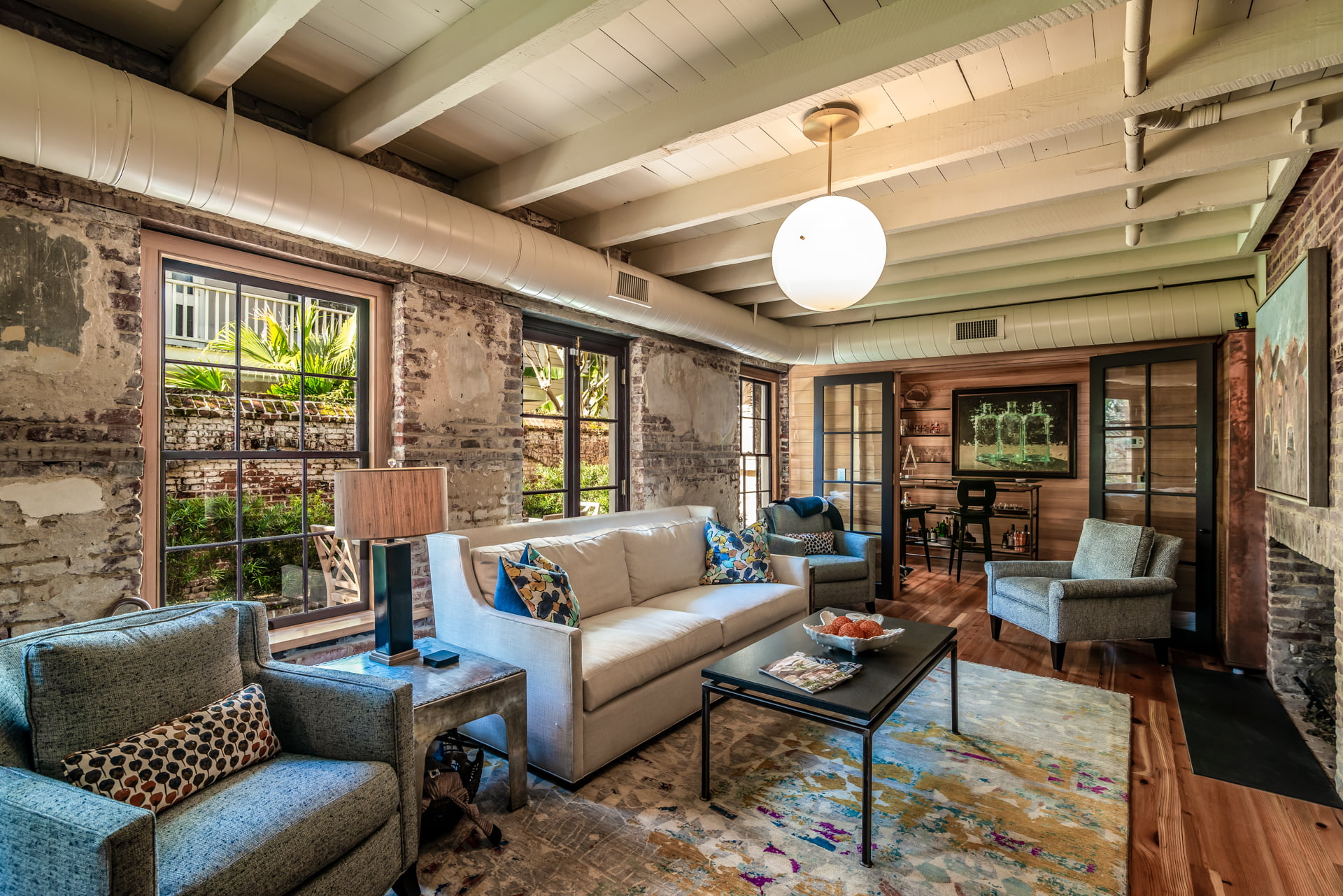We believe no space is too small for big design ideas at CHD Interiors. If you’ve ever felt that your living space is cramped, cluttered, or lacking functionality, this guide is for you. With a thoughtful approach to space planning, you can transform your compact quarters into a stylish and functional oasis.
In this blog post, our interior designers will delve into the art of space planning for smaller homes and apartments.
Why Space Planning Matters
Space planning isn’t just about making your home look pretty; it’s about making it work for you. It’s the foundation of interior design, ensuring that every square inch of your space is utilized efficiently and suits your lifestyle.
Whether you live in a studio apartment, a small cottage, or a tiny urban loft, effective space planning can maximize your living experience and simplify your next home renovation project.
Step 1: Define Your Priorities
Before you dive into rearranging furniture or considering hiring an interior designer to help you choose color schemes, identify your priorities. What do you want to achieve with your space? Do you need more storage, a dedicated workspace, or a cozy reading nook? Understanding your needs will guide your space planning decisions.
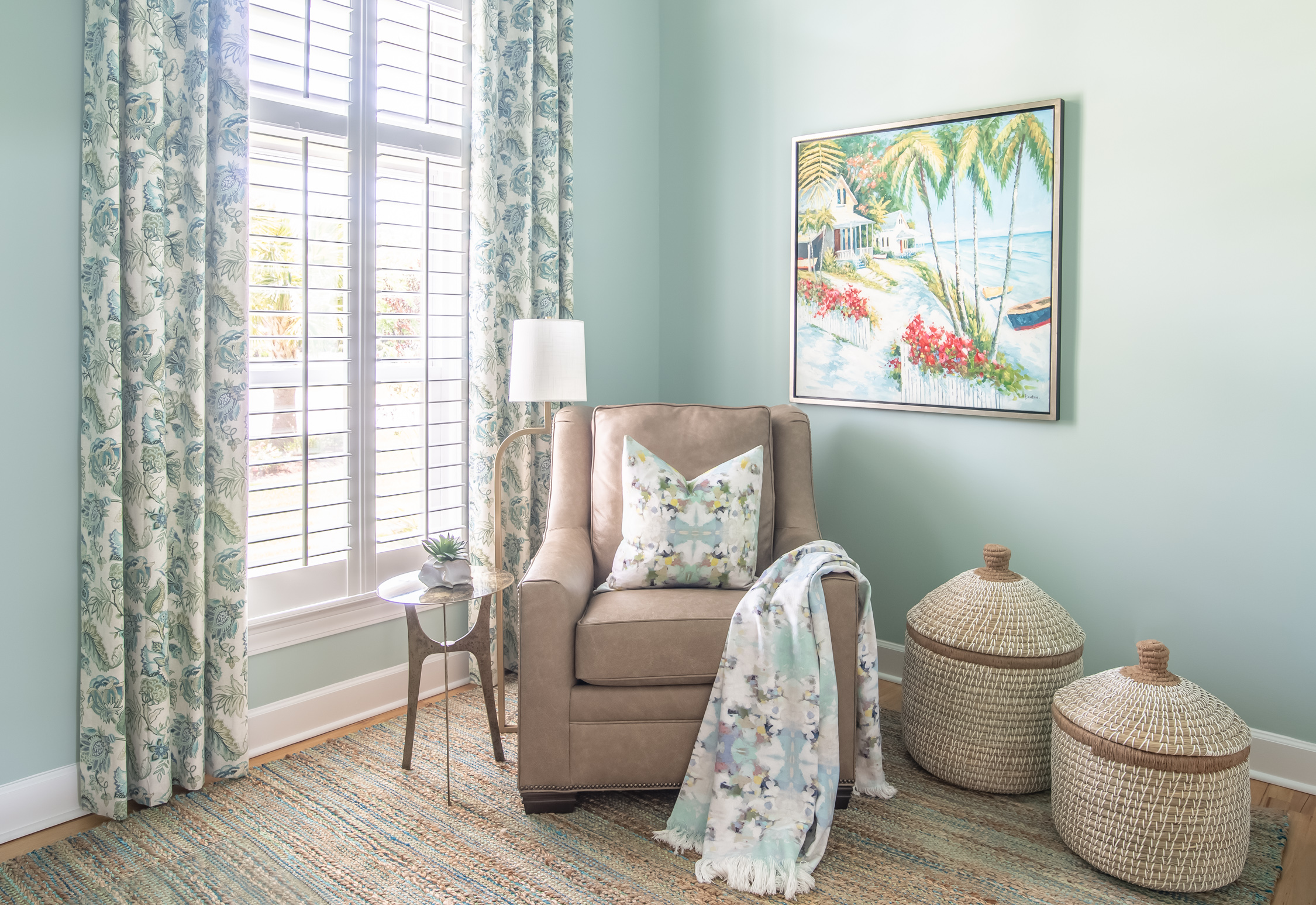
Step 1: Define Your Priorities
Before you dive into rearranging furniture or considering hiring an interior designer to help you choose color schemes, identify your priorities. What do you want to achieve with your space? Do you need more storage, a dedicated workspace, or a cozy reading nook? Understanding your needs will guide your space planning decisions.

Step 2: Measure, Measure, Measure
Measure your space meticulously. Knowing the dimensions of your room is essential for selecting appropriately sized furniture and planning the layout. Make a rough sketch or use digital tools to create a floor plan accurately representing your space.
Step 3: Choose Multi-Functional Furniture
In smaller spaces, every piece of furniture should serve multiple purposes. Look for sofas that double as pull-out beds, coffee tables with hidden storage, and wall-mounted shelves that save floor space. Invest in pieces that not only look good but also offer practical solutions.
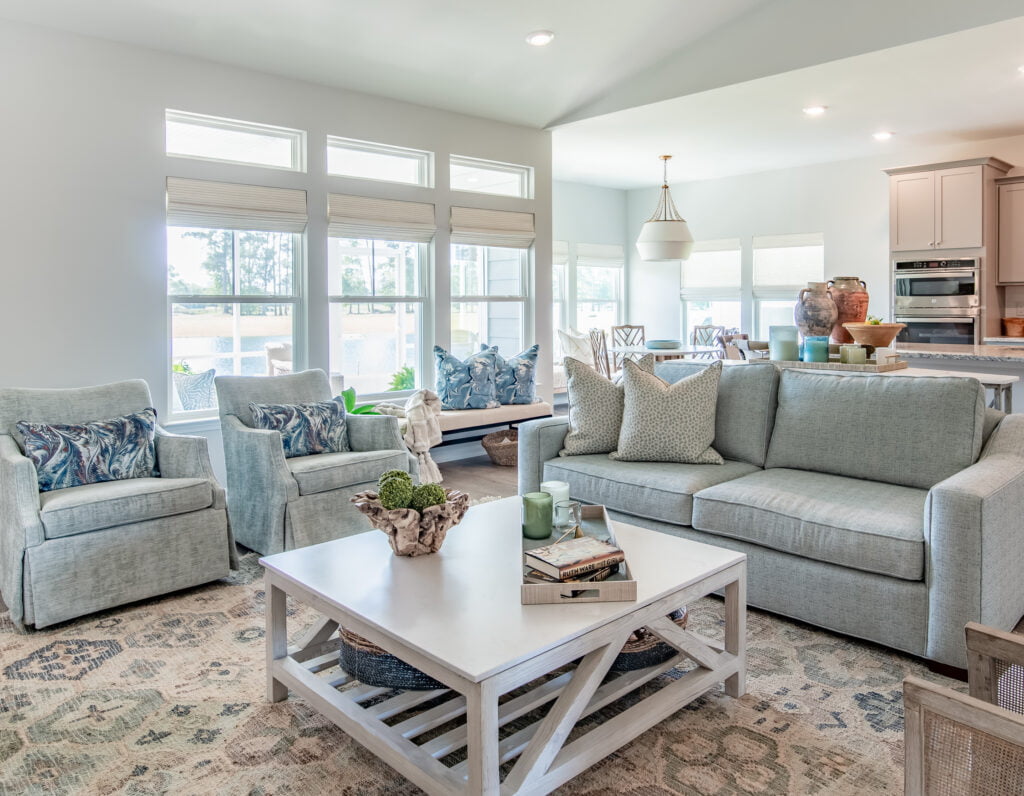
Step 2: Measure, Measure, Measure
Measure your space meticulously. Knowing the dimensions of your room is essential for selecting appropriately sized furniture and planning the layout. Make a rough sketch or use digital tools to create a floor plan accurately representing your space.
Step 3: Choose Multi-Functional Furniture
In smaller spaces, every piece of furniture should serve multiple purposes. Look for sofas that double as pull-out beds, coffee tables with hidden storage, and wall-mounted shelves that save floor space. Invest in pieces that not only look good but also offer practical solutions.

Step 4: Create Zones
Divide your space into zones based on functionality. For example, a studio apartment can have a distinct living, dining, and sleeping area without walls. Use area rugs, furniture placement, and lighting to define these zones. This makes your space look organized and helps you mentally separate different activities.

Step 5: Embrace Vertical Space
When floor space is limited, go vertical. Install tall bookshelves, cabinets, or wall-mounted storage to use the vertical space in your home. Vertical storage adds functionality and draws the eye upward, making your space feel larger.
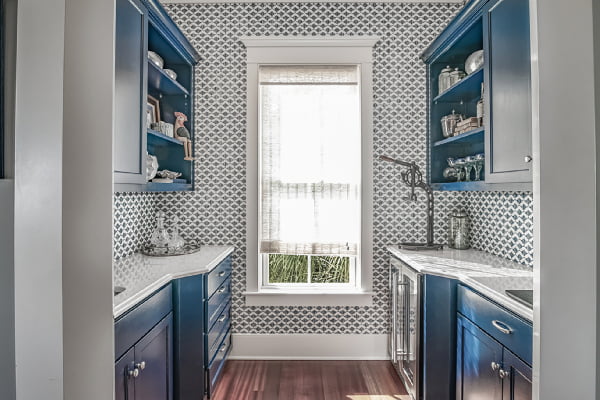
Step 4: Create Zones
Divide your space into zones based on functionality. For example, a studio apartment can have a distinct living, dining, and sleeping area without walls. Use area rugs, furniture placement, and lighting to define these zones. This makes your space look organized and helps you mentally separate different activities.

Step 5: Embrace Vertical Space
When floor space is limited, go vertical. Install tall bookshelves, cabinets, or wall-mounted storage to use the vertical space in your home. Vertical storage adds functionality and draws the eye upward, making your space feel larger.

Step 6: Keep It Clutter-Free
Clutter can make even the most spacious rooms feel cramped. Regularly declutter your space by getting rid of items you no longer need. Invest in stylish storage solutions like baskets, bins, and decorative boxes to keep your belongings organized and out of sight.

Step 7: Use Mirrors and Reflective Surfaces
Mirrors are a small space’s best friend. They reflect light and create the illusion of more space. Consider using mirrored furniture, large wall mirrors, or backsplashes to expand your home visually.

Step 6: Keep It Clutter-Free
Clutter can make even the most spacious rooms feel cramped. Regularly declutter your space by getting rid of items you no longer need. Invest in stylish storage solutions like baskets, bins, and decorative boxes to keep your belongings organized and out of sight.

Step 7: Use Mirrors and Reflective Surfaces
Mirrors are a small space’s best friend. They reflect light and create the illusion of more space. Consider using mirrored furniture, large wall mirrors, or backsplashes to expand your home visually.

Step 8: Optimize Lighting
Good lighting can make a space feel larger and more inviting. Maximize natural light by using sheer curtains or blinds. Add multiple artificial light sources, such as floor lamps, wall sconces, and pendant lights, to create a well-lit and cozy atmosphere.
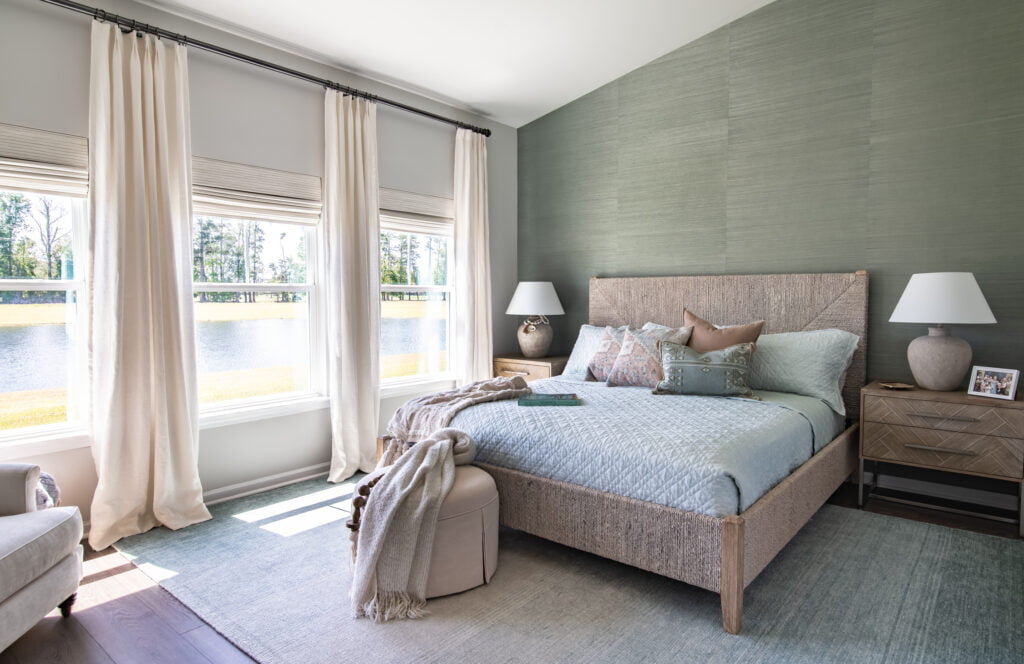
Step 9: Color and Decor
Choose a light, neutral color palette for your walls and larger furniture pieces. Light colors can make a room feel airy and open. Add pops of color and personality through accessories, such as throw pillows, artwork, and decorative objects.
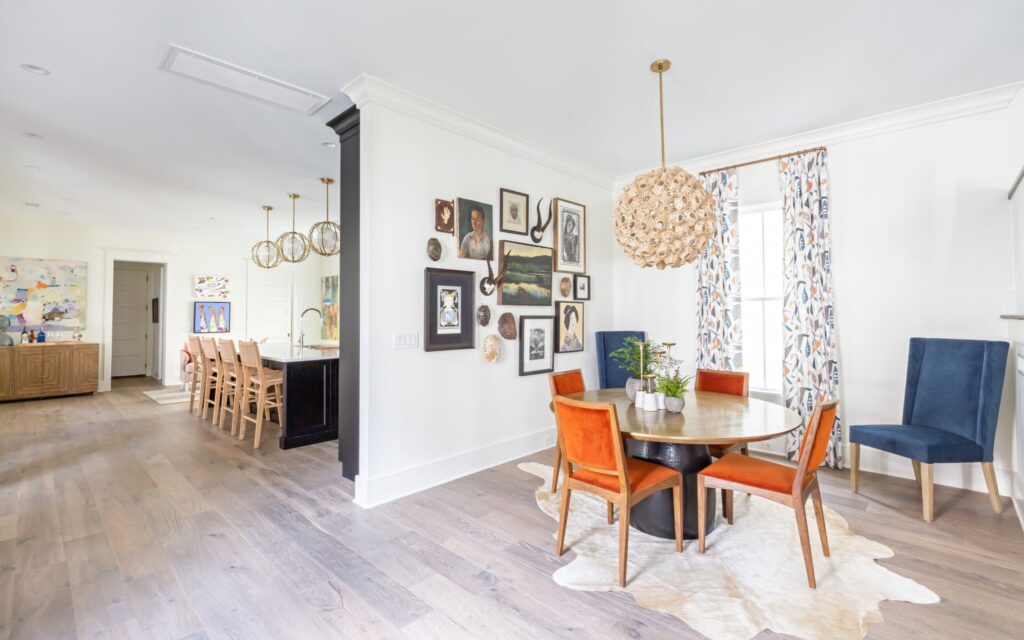
Step 8: Optimize Lighting
Good lighting can make a space feel larger and more inviting. Maximize natural light by using sheer curtains or blinds. Add multiple artificial light sources, such as floor lamps, wall sconces, and pendant lights, to create a well-lit and cozy atmosphere.
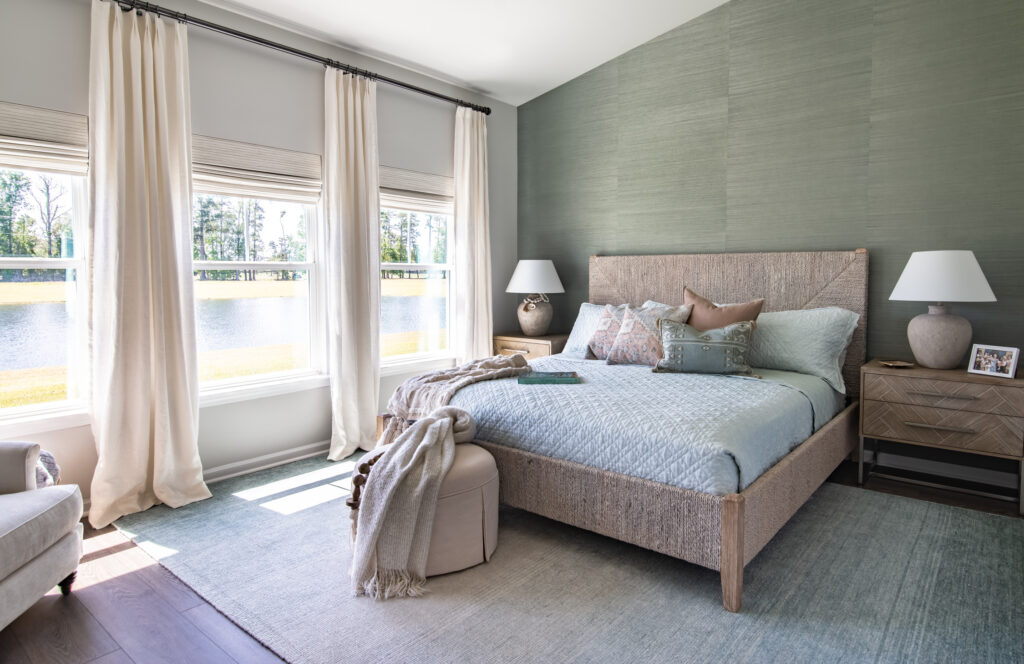
Step 9: Color and Decor
Choose a light, neutral color palette for your walls and larger furniture pieces. Light colors can make a room feel airy and open. Add pops of color and personality through accessories, such as throw pillows, artwork, and decorative objects.
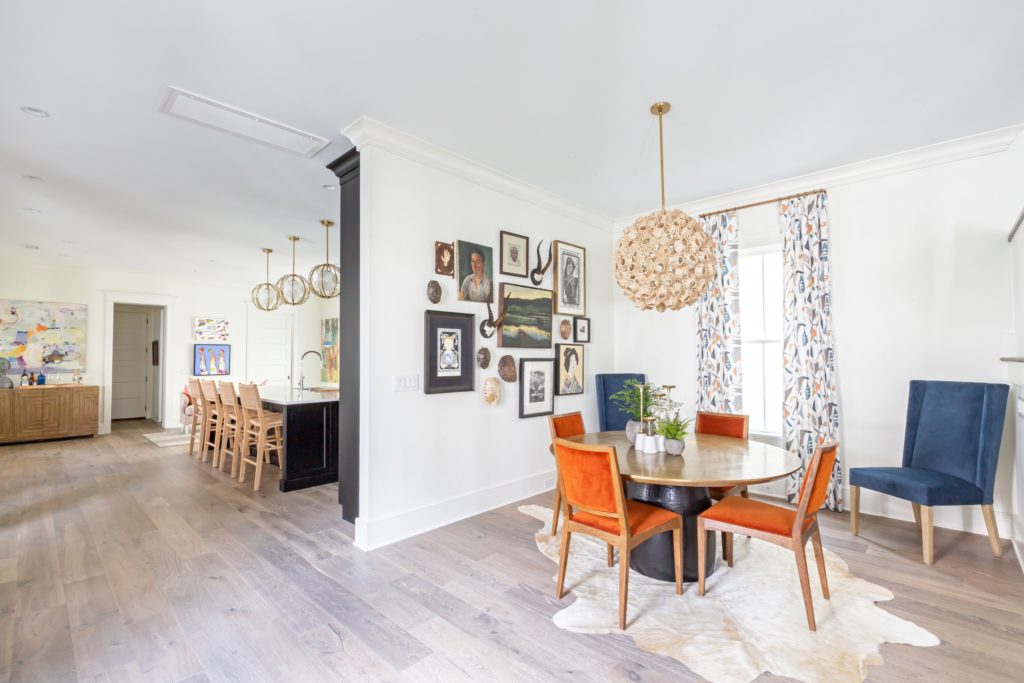
Step 10: Personalize Your Space
Lastly, make your small space truly your own by adding personal touches. Display your favorite artwork, photographs, and mementos. These items can create a sense of warmth and comfort that goes beyond square footage.

Step 10: Personalize Your Space
Lastly, make your small space truly your own by adding personal touches. Display your favorite artwork, photographs, and mementos. These items can create a sense of warmth and comfort that goes beyond square footage.

Choose CHD Interiors for Your North and South Carolina Design Needs
Contrary to popular belief, small spaces can have a significant impact with the right space planning strategies. Planning accordingly and working with a talented interior design company can transform your compact home into a stylish and functional haven.
Remember, it’s not about the size of your space but how well you utilize it that matters. Contact us today with any questions or to utilize our expert space planning services in Greater Charleston, Pawleys Island, SC, Wilmington, and Charlotte, NC. We help each individual client realize the potential of their house, no matter its size.


